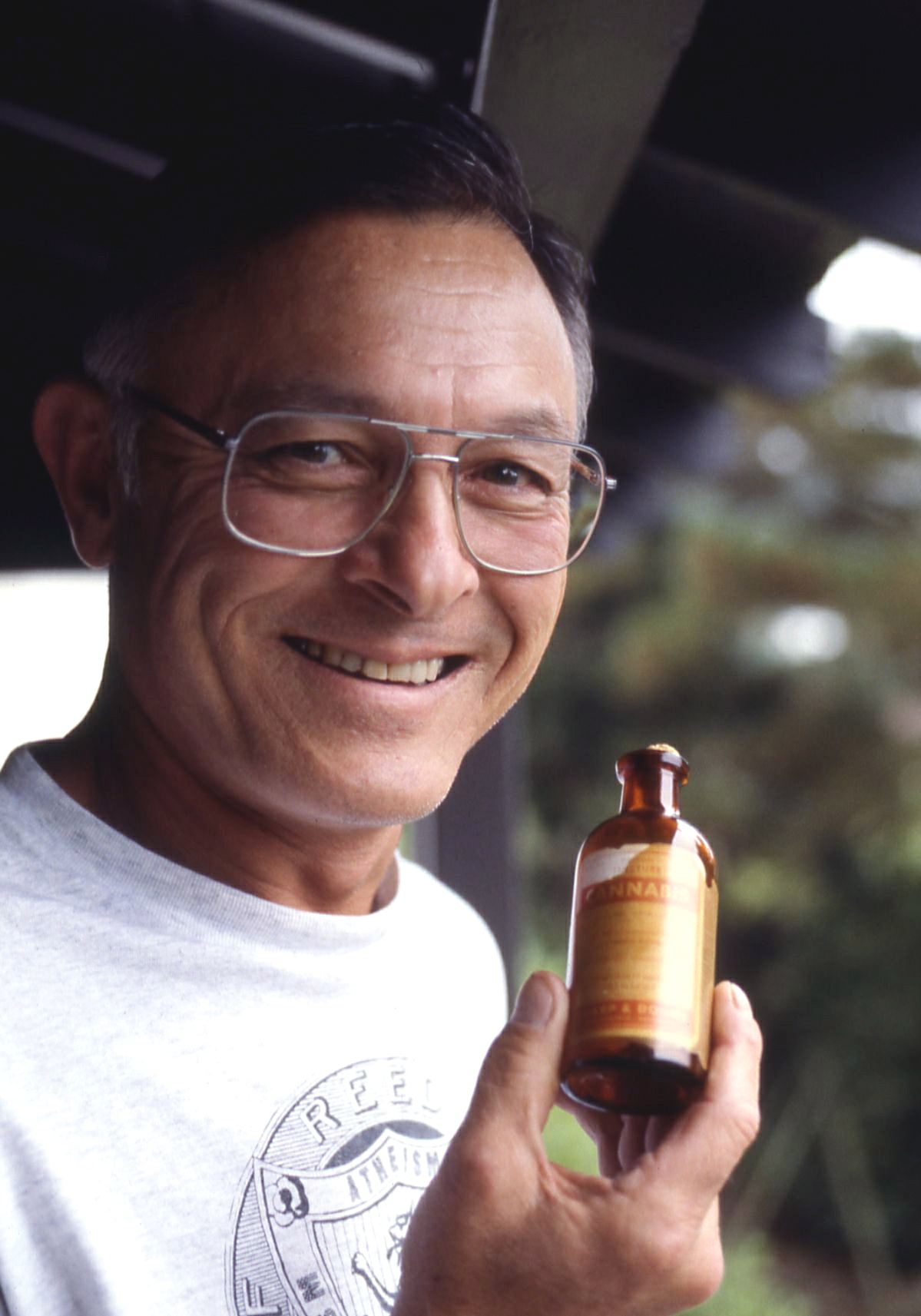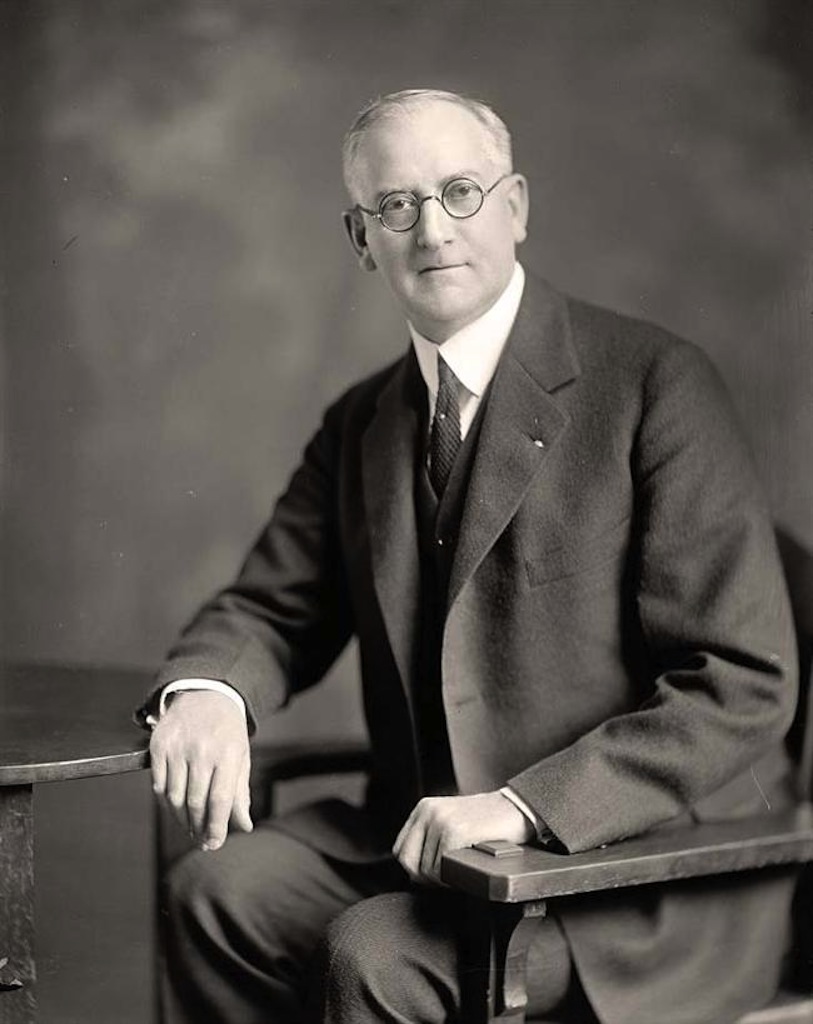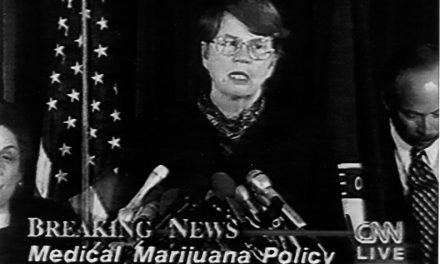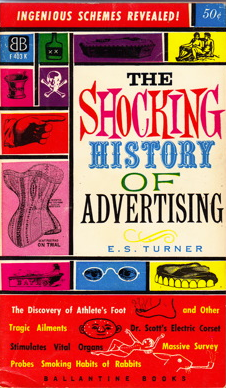August 25 2014 JAMA Internal Medicine today published a study by Marcus A. Bachhuber, MD and colleagues documenting that states that have legalized marijuana for medical use have “significantly lower… opioid overdose mortality rates.” Like 25 percent lower.
A decline in OD deaths is only one of many public health benefits that ensue when cannabis is available as a substitute or complement to opioids. We can expect a steady stream of similar peer-reviewed journal articles as researchers compare various health outcomes in states where marijuana is legal and states where it’s banned.
Here’s a summary of the JAMA paper by Paul Armentano, NORML Deputy Director:
A team of investigators from the University of Pennsylvania, the Albert Einstein College of Medicine in New York City, and the Johns Hopkins Bloomberg School of Public Health in Baltimore conducted a time-series analysis of medical cannabis laws and state-level death certificate data in the United States from 1999 to 2010 — a period during which 13 states instituted laws allowing for cannabis therapy.
Researchers reported, “States with medical cannabis laws had a 24.8% lower mean annual opioid overdose mortality rate compared with states without medical cannabis laws.” Specifically, overdose deaths from opioids decreased by an average of 20 percent one year after the law’s implementation, 25 percent by two years, and up to 33 percent by years five and six.
They concluded, “In an analysis of death certificate data from 1999 to 2010, we found that states with medical cannabis laws had lower mean opioid analgesic overdose mortality rates compared with states without such laws. This finding persisted when excluding intentional overdose deaths (ie, suicide), suggesting that medical cannabis laws are associated with lower opioid analgesic overdose mortality among individuals using opioid analgesics for medical indications. Similarly, the association between medical cannabis laws and lower opioid analgesic overdose mortality rates persisted when including all deaths related to heroin, even if no opioid analgesic was present, indicating that lower rates of opioid analgesic overdose mortality were not offset by higher rates of heroin overdose mortality. Although the exact mechanism is unclear, our results suggest a link between medical cannabis laws and lower opioid analgesic overdose mortality.”
In a written statement to Reuters Health, lead author Dr. Marcus Bachhuber said: “Most of the discussion on medical marijuana has been about its effect on individuals in terms of reducing pain or other symptoms. The unique contribution of our study is the finding that medical marijuana laws and policies may have a broader impact on public health.”
Nationwide, overdose deaths involving opioid analgesics have increased dramatically over the past decade. While fewer than 4,100 opiate-induced fatalities were reported for the year 1999, by 2010 this figure rose to over 16,600 according to an analysis by the US Centers for Disease Control.
The fact that deaths from opioid overdoses decline in states where marijuana is accessible “confirms what we’ve all known for years,” notes Dale Gieringer of California NORML. After California voters shook the world by passing Proposition 215, Tod Mikuriya, MD, and his colleagues in the Society of Cannabis Clinicians published data on patients’ use patterns. It was strikingly evident that opioid use and all its consequences decline when medical marijuana is available.
This is from O’Shaughnessy’s accompanying commentary on the doctors’ survey:
Cannabis, the anti-drug
The extent to which cannabis enables patients to reduce their intake of pharmacuetical and over-the-counter drugs is a consistent theme, starting with the lead author (Mikuriya), who states it simply: “Opioids, sedatives, NSAIDS, and SSRI anti-depressants are commonly used in smaller amounts or discontinued. These are all drugs with serious adverse effects.”
Dr. Sullivan’s list is a little more extensive: “Opiates, muscle relaxants, antidepressants, hypnotics (for sleep), anxiolytics, neurontin, antiinflammatories, anti-migraine drugs, GI meds, prednisone (for asthma, arthritis).”
Helen Nunberg, MD, of MediCann quantifies the trend: “51% of the 1,800 patients report using cannabis as a substitute for prescription medications; 48% report using cannabis to prevent prescription medication side effects; 67% report using cannabis to reduce dosage of prescription medication; 49% of patients using cannabis for chronic pain were previously prescribed an opioid (such as hydrocodone) by their personal physician.”
Is it any wonder that the corporate drug manufacturers oppose legalization of cannabis for medical use? Cannabis is the anti-drug!
Reports of cannabis-using pain patients reducing their opioid intake by 50% jibe perfectly with studies showing that lab animals need half the opioids to achieve pain relief when also treated with a synthetic cannabinoid.
Tod’s paper “Cannabis as a Substitute for Alcohol” will forever be a classic in the medical literature devoted to Harm Reduction. He often noted that Chico State, as the college used to be called, had won Playboy Magazine’s “Party School of the Year” award not once but twice, and that if ever there was an at-risk population in need of access to cannabis for harm reduction purposes, it was the Chico State student body.
It’s as true today as it was a decade ago. Few college students will be protected by legalization schemes that maintain Under-21 Prohibition. Tod hoped that in due course students would get recommendations from Student Health Services at their campuses. They ought to, en masse, in states where marijuana is legal for medical use. Everyone who has ever gotten a prescription for an SSRI or a stimulant can document their need. Others can explain to the healthcare provider at SHS that the herb is the most benign antidepressant and/or analgesic available, whereas SSRI antidepressants, which SHS dispense freely, are responsible for myriad health problems, ranging from bizarre flipouts to dimunition of sexual interest and capability.
Dennis Peron, the indispensable organizer behind Prop 215, said “In a country where they push Prozac on shy teenagers, all marijuana use is medical.” Like Tod, Dennis saw marijuana as an alternative to pharmaceuticals and alcohol… In the JAMA article, Buchbauer et al list, as one of the reasons overdose deaths go down when medical cannabis is allowed, “a decrease in polypharmacy —particularly with benzodiazepines— in people taking opioid analgesics.” In other words, people are not only replacing their opioids with cannabis, they’re replacing their benzos, too! Tod use to love the term “polypharmacy.” I wondered if he’d coined it…
How long will it be until JAMA publishes an article showing that access to medical marijuana reduces binge drinking? Fetal alcohol syndrome? Alcohol-related traffic fatalities and injuries?
In a related story… The FDA last week moved hydrocodone from schedule 3 to schedule 2, making physicians even scareder to prescribe “opioid analgesics.” The stated goal is to reduce overdose deaths, which have been skyrocketing.





